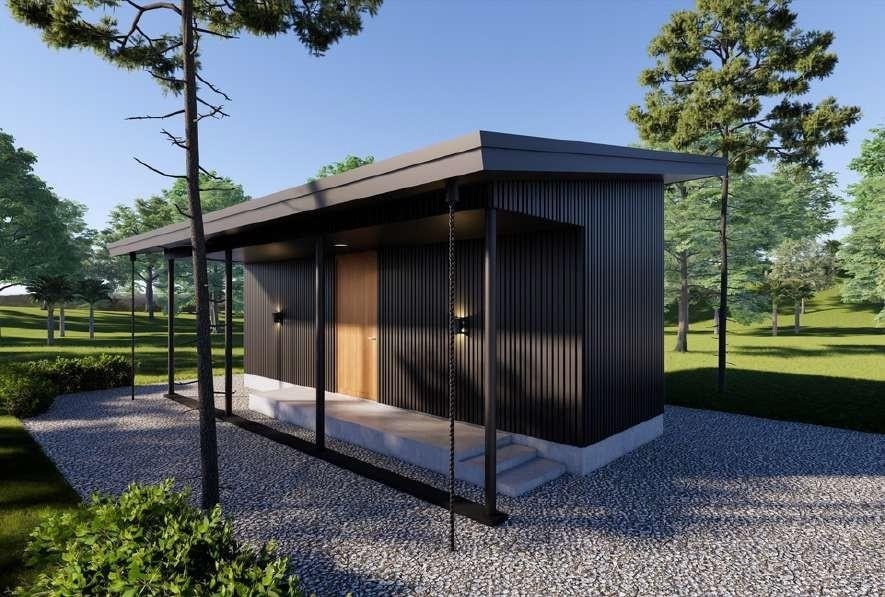Limasan is a traditional architectural style from Indonesia, particularly associated with Javanese culture. It is characterized by its unique roof shape, which features a combination of steeply pitched sections that resemble a pyramid or a truncated cone. This design not only provides aesthetic appeal but also serves practical purposes, such as better drainage and ventilation.
Key Features of Limasan:
- Roof Structure: The roof has a distinctive “limasan” shape, often with two or more tiers that create a striking silhouette. The sides of the roof slope steeply, allowing rainwater to run off easily.
- Open Layout: Limasan homes often have open, airy interiors that promote natural light and ventilation, creating a comfortable living space.
- Natural Materials: Traditionally, Limasan structures are built using local materials, such as timber, bamboo, and thatch, which are both sustainable and well-suited to the environment.
- Cultural Significance: The Limasan style is often seen as a symbol of Javanese heritage, reflecting the values and aesthetics of the culture.
- Decorative Elements: Many Limasan homes feature intricate carvings and ornamental details, showcasing skilled craftsmanship and traditional artistry.
Limasan is not only a residential style but also used for community buildings and cultural centers, representing a blend of functionality, beauty, and cultural identity.


 xxxxxx
xxxxxxa/n Tiny Home Supplier & Manufacture





